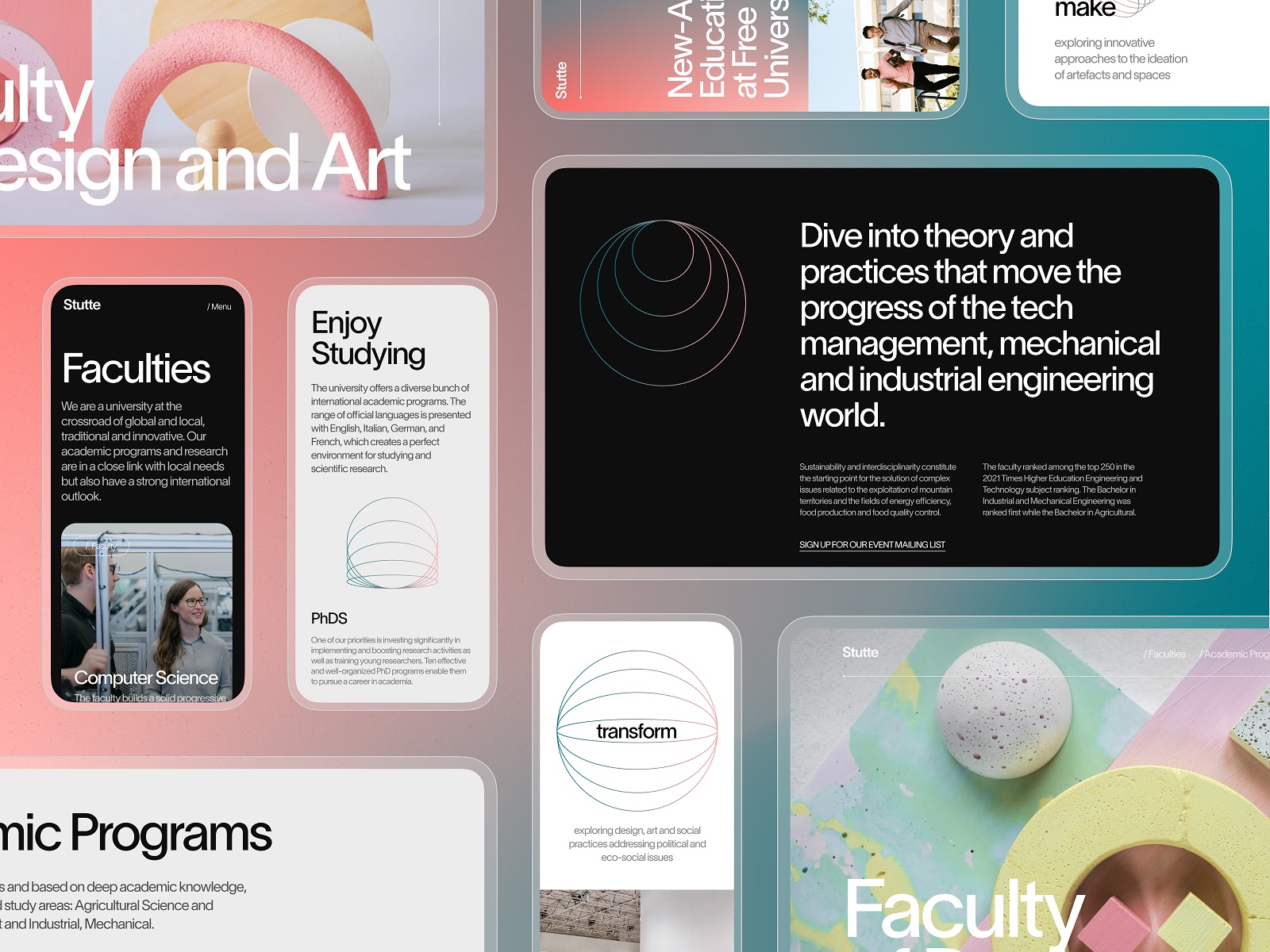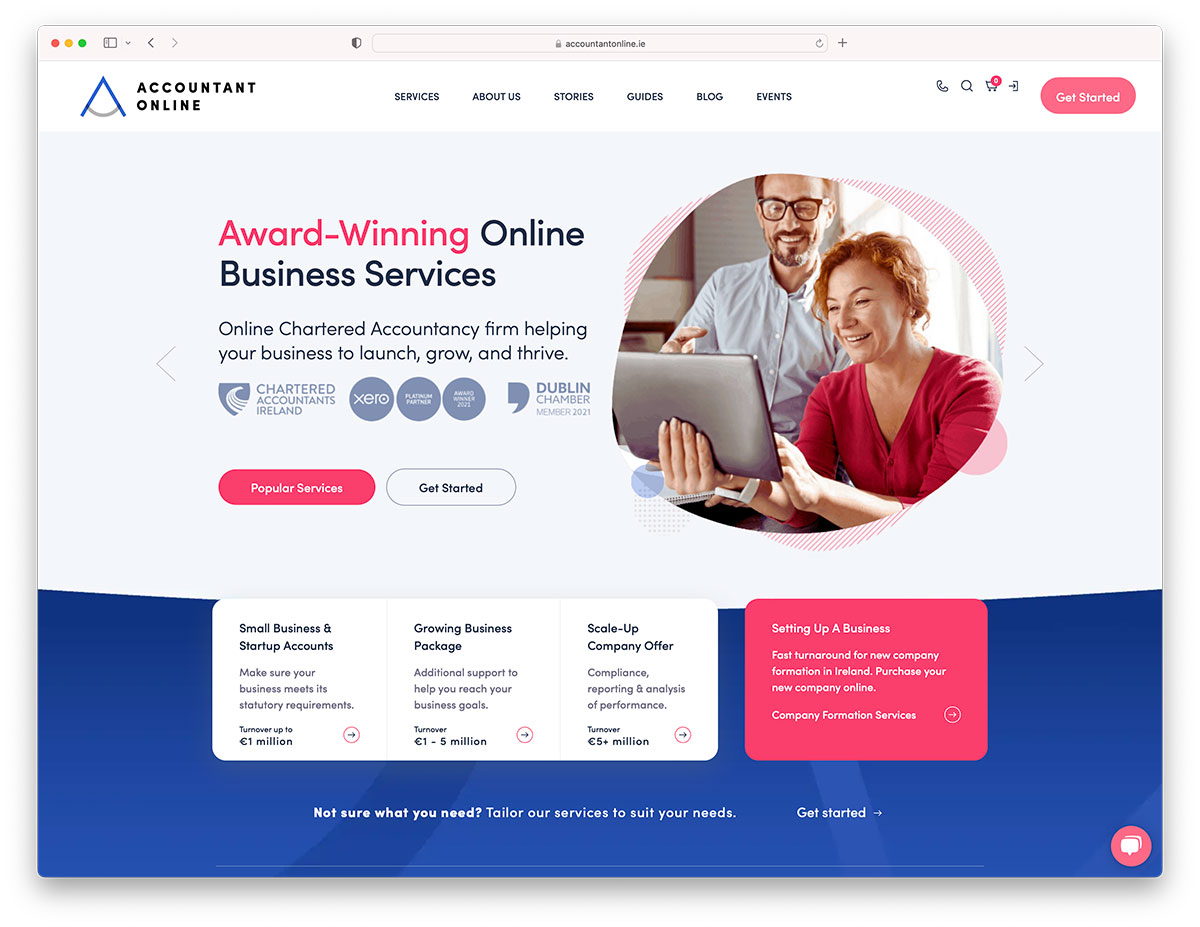Why Responsive Website Design is Important for Modern Online Success
Wiki Article

Crafting a User-Friendly Experience: Important Components of Reliable Site Style
Crucial aspects such as a clear navigation framework, responsive layout concepts, and fast filling times offer as the foundation for involving customers effectively. Recognizing the hidden aspects that contribute to effective layout can lose light on exactly how to boost individual satisfaction and engagement.Clear Navigating Framework
A clear navigation framework is essential to efficient site design, as it straight affects user experience and engagement. Customers ought to be able to situate information easily, as user-friendly navigation reduces irritation and encourages expedition. A well-organized layout enables site visitors to comprehend the connection between different pages and material, bring about longer site brows through and enhanced communication.To attain clarity, designers must use familiar patterns, such as side or top navigating bars, dropdown food selections, and breadcrumb trails. These aspects not only enhance use however additionally offer a sense of positioning within the site. In addition, maintaining a regular navigating framework throughout all web pages is important; this knowledge helps customers expect where to find wanted information.
It is likewise necessary to limit the variety of food selection products to prevent overwhelming individuals. Prioritizing the most essential sections and utilizing clear labeling will certainly guide site visitors efficiently. Additionally, integrating search capability can even more assist individuals in situating particular content rapidly (website design). In recap, a clear navigating structure is not just a layout option; it is a strategic aspect that considerably affects the general success of a site by fostering a reliable and satisfying individual experience.
Responsive Style Principles
Reliable web site navigating sets the phase for a seamless individual experience, which ends up being much more vital in the context of responsive design concepts. Responsive style ensures that websites adjust fluidly to different screen sizes and orientations, boosting accessibility throughout gadgets. This versatility is accomplished with flexible grid formats, scalable images, and media questions that permit CSS to readjust styles based on the device's qualities.Trick principles of receptive style consist of liquid layouts that utilize percentages instead of fixed units, ensuring that elements resize proportionately. Furthermore, using breakpoints in CSS enables the design to shift efficiently in between various device dimensions, enhancing the layout for each screen type. Using responsive pictures is likewise essential; images ought to immediately change to fit the screen without losing high quality or triggering layout changes.
Furthermore, touch-friendly user interfaces are crucial for mobile users, with appropriately sized buttons and intuitive gestures boosting customer communication. By integrating these principles, developers can develop sites that not just look cosmetically pleasing however also supply engaging and practical experiences throughout all tools. Inevitably, effective responsive layout cultivates customer satisfaction, reduces bounce prices, and motivates longer engagement with the content.
Rapid Loading Times
While users progressively anticipate web sites to load swiftly, quick packing times are not simply a matter of benefit; they are vital for maintaining visitors and enhancing general customer experience. Study indicates that users typically abandon sites that take longer than three secs to tons. This desertion can cause increased bounce prices and decreased conversions, eventually harming a brand name's credibility and earnings.Quick filling times improve customer interaction and complete satisfaction, as site visitors are more probable to explore a website that responds swiftly to their communications. In addition, internet search engine like Google focus on rate in their ranking formulas, suggesting that a slow-moving site might have a hard time to accomplish presence in search engine result.

Instinctive Interface
Rapid packing times prepared for an appealing online experience, but they are just component of the equation. An instinctive interface (UI) is necessary to ensure visitors can browse an internet site easily. A well-designed UI allows users to achieve their goals with minimal cognitive tons, cultivating a seamless communication with the site.
Key components of an instinctive UI include consistent layout, clear navigation, and identifiable icons. Consistency in style aspects-- such as shade systems, typography, and button designs-- assists customers comprehend how to interact with the website. Clear navigation frameworks, including logical menus and breadcrumb trails, enable individuals to discover details quickly, lowering aggravation and improving retention.
In addition, feedback systems, such as hover impacts and filling indicators, educate individuals about their activities and the web site's action. This openness cultivates trust and urges ongoing engagement. In addition, prioritizing mobile responsiveness makes certain that customers take pleasure in a cohesive experience throughout tools, satisfying the varied means target markets accessibility content.
Available Content Guidelines

First, use clear and uncomplicated language, avoiding Read Full Article jargon that might perplex visitors. Stress appropriate heading frameworks, which not only help in navigation yet also help display readers in analyzing content pecking orders properly. Additionally, offer different text for photos to communicate their definition to individuals who rely on assistive modern technologies.
Comparison is an additional crucial aspect; guarantee that message attracts attention against the background to boost readability. In addition, guarantee that video and audio content consists of transcripts and captions, making multimedia obtainable to those with hearing problems.
Finally, include keyboard navigability right into your style, permitting individuals that can not utilize a computer mouse to accessibility all site functions (website design). By sticking to these available content standards, web developers can create comprehensive experiences that deal with the needs of all customers, inevitably improving customer involvement and satisfaction
Conclusion
In conclusion, the assimilation of crucial components such as a clear navigation structure, responsive design principles, quick packing times, an instinctive interface, and available material standards is vital for producing an easy to use internet site experience. These parts collectively enhance usability and interaction, making certain that customers can easily browse and connect with the website. Prioritizing these style elements not just enhances total fulfillment but also fosters inclusivity, fitting varied customer demands and preferences in the electronic landscape.A clear navigation framework is fundamental to reliable site style, as it directly affects customer experience and engagement. In recap, a clear navigating structure is not merely a layout option; it is a critical aspect that dramatically affects the general success of a site by fostering a reliable and delightful customer other experience.
Moreover, touch-friendly interfaces are essential for mobile individuals, with appropriately sized buttons and user-friendly gestures enhancing customer interaction.While individuals significantly expect websites to fill swiftly, fast packing times are not just an issue of benefit; they are vital for retaining site visitors and enhancing overall individual experience. website design.In conclusion, the assimilation of necessary elements such as a clear navigating framework, receptive layout concepts, quick packing times, an user-friendly user interface, and accessible material standards is important for developing an user-friendly internet site experience
Report this wiki page